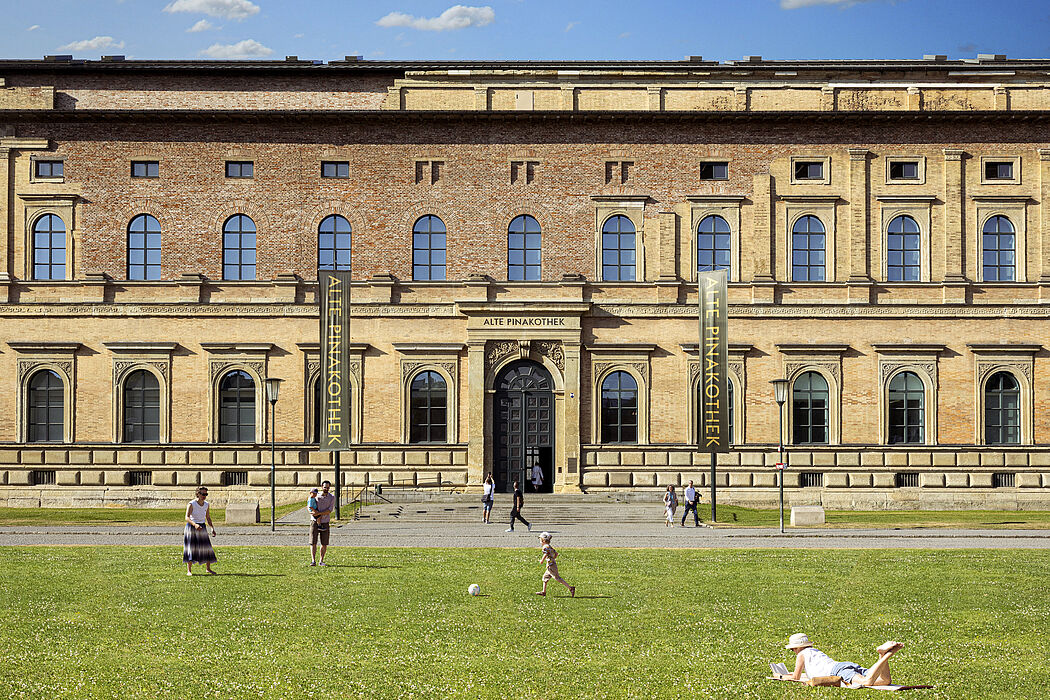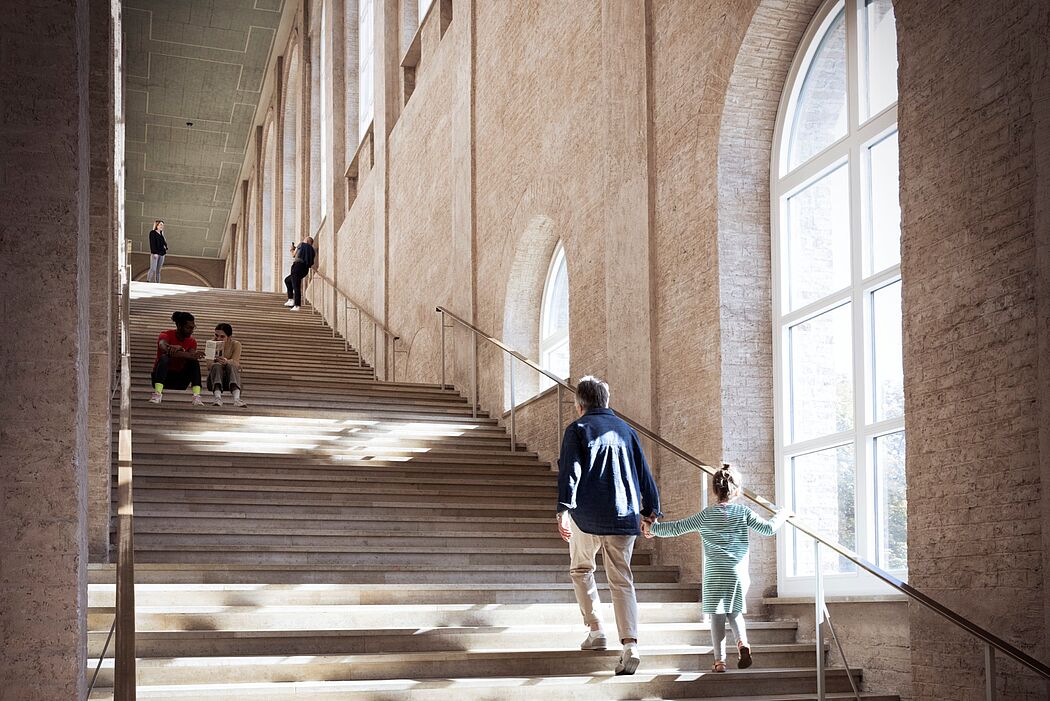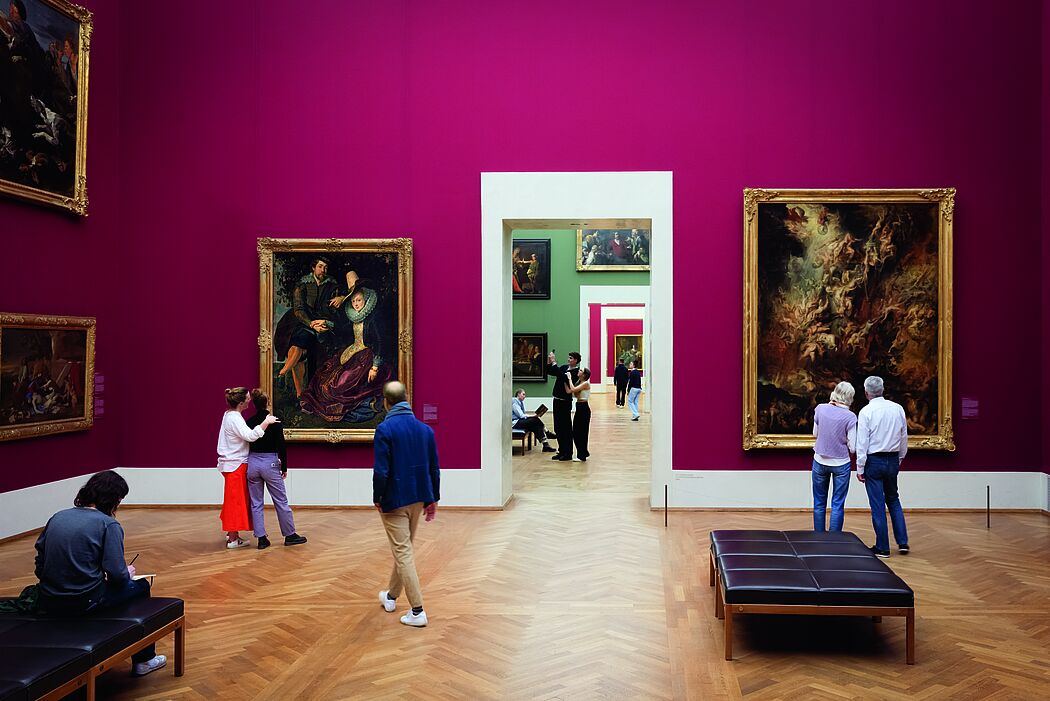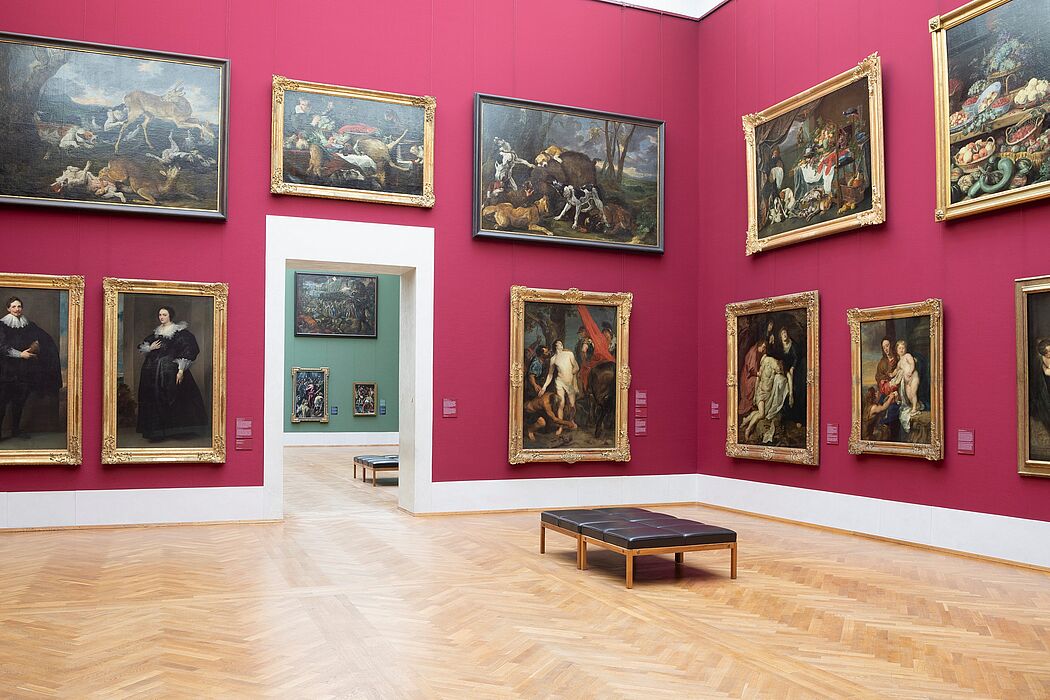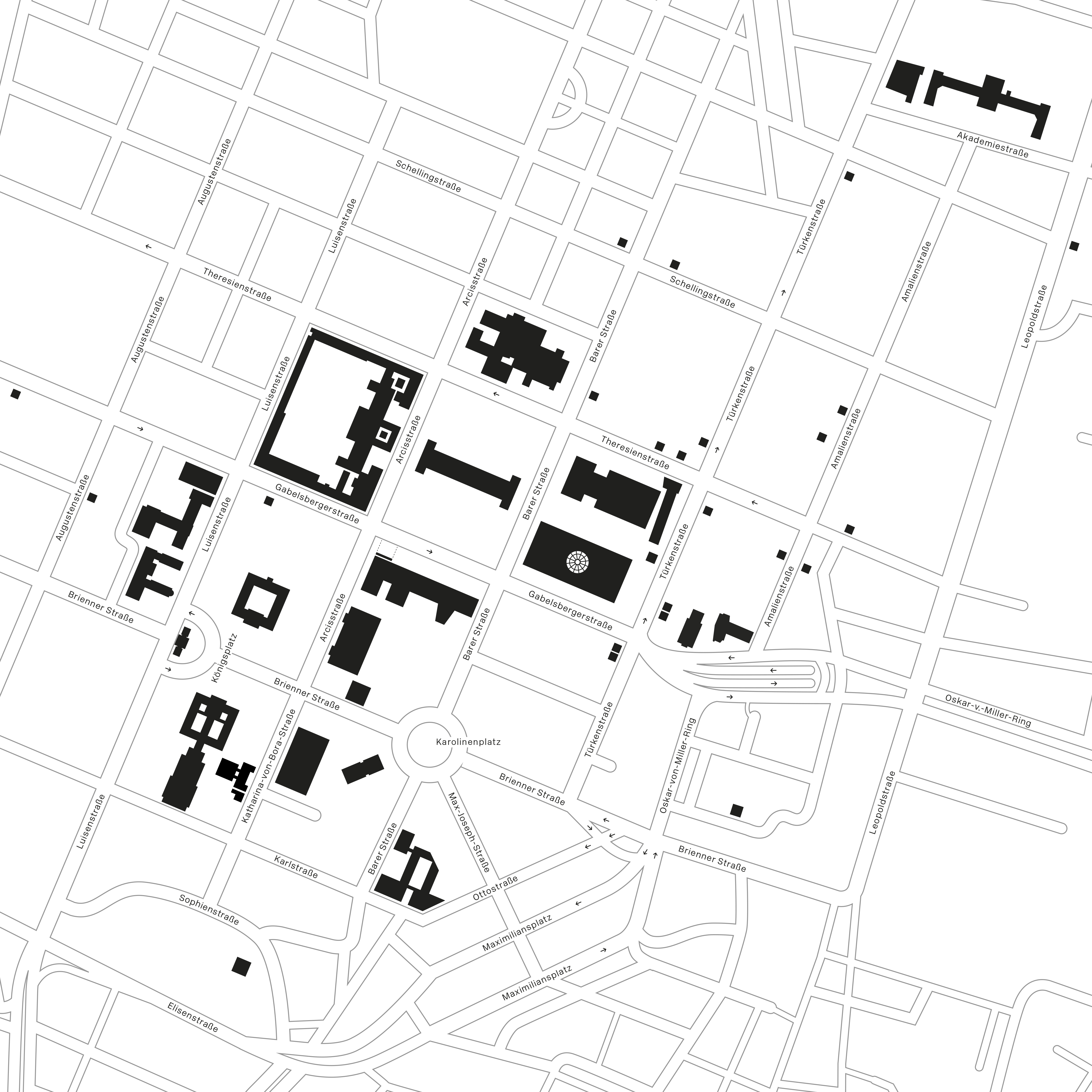The Alte Pinakothek houses one of the most important collections in the world, showing the development of European painting from the Middle Ages to the end of the Rococo period. Among the more than 700 paintings are masterpieces by Altdorfer, Dürer, van der Weyden, Rubens, Rembrandt, Boucher, Raphael, Leonardo da Vinci and Murillo. Around 200 paintings have been moved for the current presentation of the collection. In the halls of the Upper Gallery, they now encounter each other in unusual contexts: Dialogic constellations and thematic groups invite visitors to rediscover the familiar masterpieces. For the first time in the history of the Alte Pinakothek, the traditional order of the gallery, which follows chronological and geographical points of view, is questioned in large parts of the tour. Many major works that were previously always spatially separated have now become neighbors across stylistic and epochal boundaries. Their extraordinary encounter reveals unexpected parallels, directs the viewer's attention to rarely thematized connections and characteristic peculiarities. This opens up fresh perspectives on the paintings and their creators, on the content and form of the representations, and on the contexts of their creation.
© Bayerische Staatsgemäldesammlungen / Alte Pinakothek
